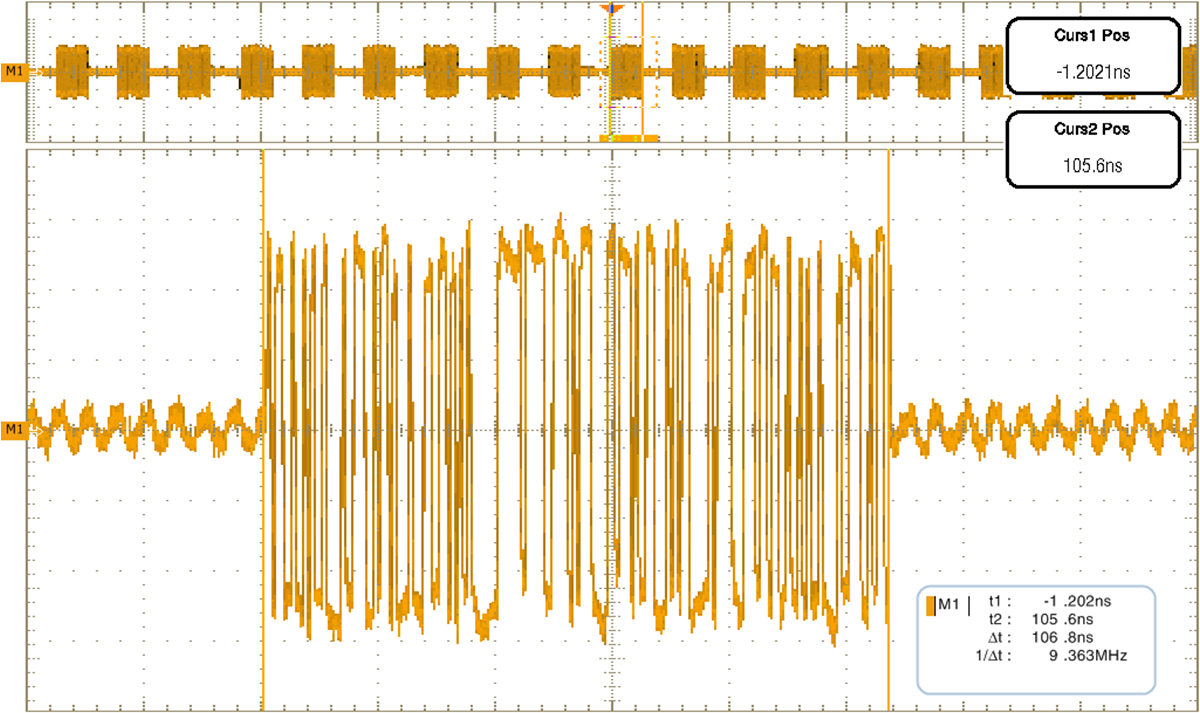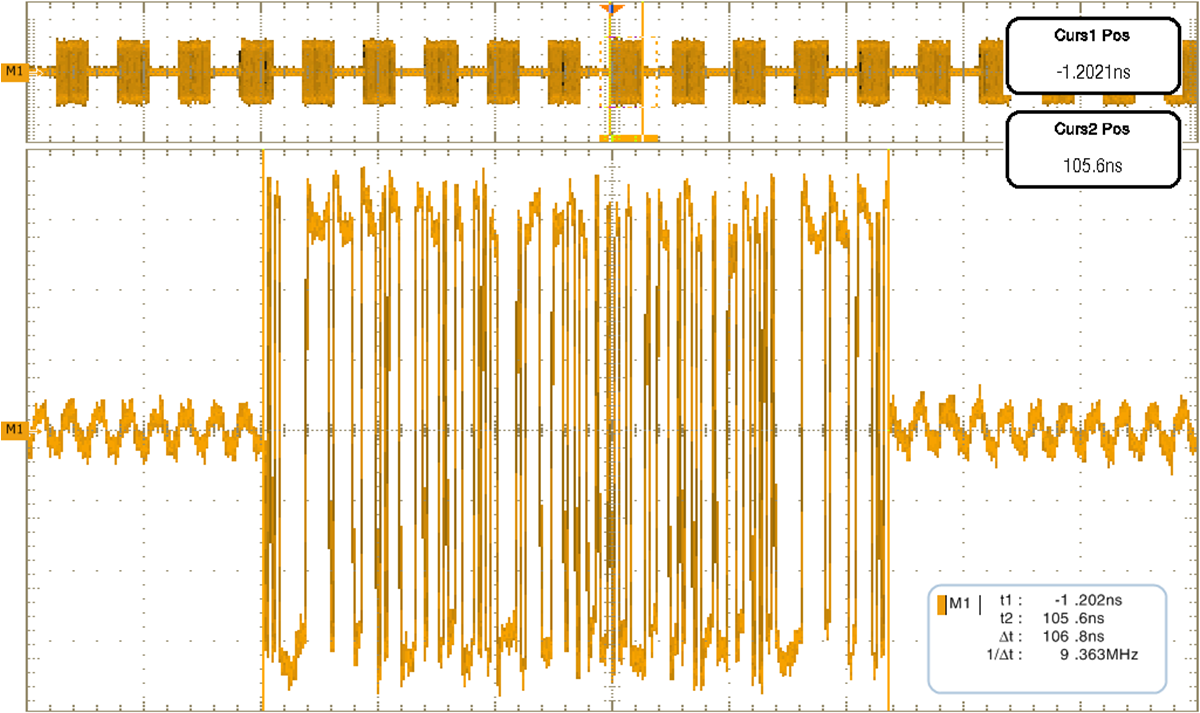SNLA236 September 2015 DS125BR111 , DS125BR401A , DS125BR820
5 Passing Out Of Band (OOB) Signals
Out of Band (OOB) Signaling is used in SATA and SAS to enable device-to-device communication and negotiation in a storage environment. This signaling uses a series of Idle and Active periods with specific timing. Any impact to this timing could cause major problems within a storage system. This makes undistorted propagation of the OOB signaling extremely important to a storage system design engineer.
Highlighting some key OOB signaling specifications from SATA3.1 gives some guidelines for the type of OOB and signal noise which could be encountered in a real storage system.
Table 5. OOB Specifications
| PARAMETER | UNITS | LIMIT | ELECTRICAL SPECIFICATION | ||
|---|---|---|---|---|---|
| Gen 1 | Gen 2 | Gen 3 | |||
| VTHRESH: OOB Signal Detection Threshold | mVppd | Min | 50 | 75 | 75 |
| Nom | 100 | 125 | 125 | ||
| Max | 200 | 200 | 200 | ||
| COMINIT/COMRESET and COMWAKE Transmit Burst Length | ns | Min | 103.5 | ||
| Nom | 106.7 | ||||
| Max | 109.9 | ||||
| COMINIT/COMRESET Transmit Gap Length | ns | Min | 310.4 | ||
| Nom | 320.0 | ||||
| Max | 329.6 | ||||
| COMWAKE Transmit Gap Length | ns | Min | 103.5 | ||
| Nom | 106.7 | ||||
| Max | 109.9 | ||||
Using the COMWAKE waveform burst timing and a noise level equal to the typical OOB signal detection threshold represents a very difficult problem for most re-driver components. With a fully linear datapath, the DS125BR820 overcomes any distortion issues while propagating this waveform across SAS/SATA links ensuring robust OOB communication.
The visible noise injected in Figure 11 is 100 mVpp in amplitude at a frequency of 200 MHz.
 Figure 11. OOB Signaling at DS125BR820 Input
Figure 11. OOB Signaling at DS125BR820 Input  Figure 12. OOB Signaling at DS125BR820 Output
Figure 12. OOB Signaling at DS125BR820 Output